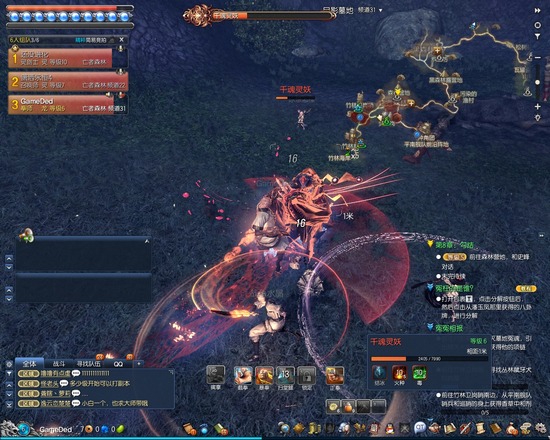

You can block enemy attacks, but both shields and weapons will shatter after a few blows. Yet perhaps the biggest congruence between the two is their affinity for dodging.

The game has no difficulty settings, most enemies can kill you in a few hits, and there are only a handful of opportunities to heal yourself on every level. Indeed, it was infamous for its stern challenge upon its original release. Blade of Darkness' combat is not merely violent, it's also highly treacherous. Or more to the point, the moment they swing theirs at you. The similarities become evident the moment you swing your weapon at an enemy. Each character has their own introductory level, Dragon Age-style, before your chosen warrior embarks upon the same meandering quest to retrieve the legendary Sword of Ianna. The game has you select one of four heroes to play as, Sargon the Knight, Naglfar the Dwarf, Zoe the Amazon, or Turkaram the Barbarian. I haven't played Blade of Darkness since before Dark Souls came out, and booting it up in 2021, the number of links between the two are certainly striking. I thought Blade of Darkness was a game about chopping the legs off orcs, when did it suddenly become the progenitor of Dark Souls? What's most fascinating about this re-release, however, is the game's Steam description, which reads "Blade of Darkness is a hardcore fantasy action-adventure with unique combat mechanics and role-playing elements that pioneered the 'soulsborne' genre". But it has recently been unleashed from its copyright dungeon by publisher SNEG, relaunching on Steam with a slightly abridged title and some much-needed support for modern screens and machines. The action RPG developed by defunct Spanish developer Rebel Act Studios has spent much of its existence trapped in a realm of legal limbo. Then again, Blade of Darkness is a game suited to myth. You can beat enemies to death with other enemies' limbs, which if anything is more depraved, but the idea you can lop a goblin's arm off and then cave in their skull with the bloody end is a myth. But this grisly little factoid isn't actually true. My favorite knocked over enemies that did damage to me, which went a long way towards evening the playing field of Stray Blade’s inconsistent combat.When it originally launched in 2001, Severance: Blade of Darkness was known as the game in which you could beat enemies to death with their own limbs. His abilities can be helpful, like one that fires a bolt of force and chips away at enemy poise, but I found that I got far more use out of runes, which require small amounts of materials to give you buffs like health recovery after finishing off enemies.

The one I used the most, Intium, allows you to teleport to targets, but the attack itself does very little damage and leaves you susceptible to counter attacks since it doesn't stagger enemies.īoji has his own skill tree as well, which allows you to power up both the abilities you can command him to use and runes that give you passive combat bonuses for a limited time. One late game ability, Xhinnon, stops foes in their tracks for a moment, which is great until only an hour or so later when many of the enemies become completely immune to it. Even though they have uses in and out of combat, their battle effects are lackluster in comparison to the regular weapons. The more interesting skills Farren gets access to are special abilities earned by taking down bosses.


 0 kommentar(er)
0 kommentar(er)
